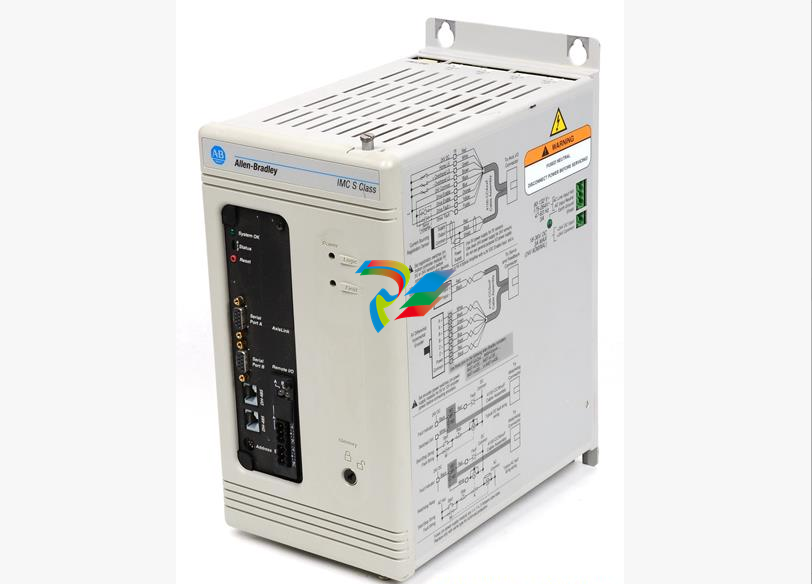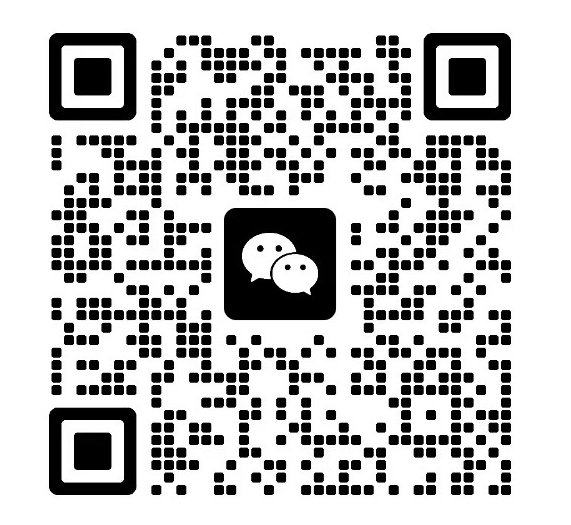
Honeywell Experion Series C I/O: Technical Summary
Honeywell Experion Series C I/O: Technical Summary
Introduction & System Overview
This document provides a technical summary of the Honeywell Experion® Series C I/O platform, a family of input/output modules designed for the Experion PKS system. The platform serves as a modern, efficient, and compact interface between the C300 Controller and field devices. Its core design philosophy is to separate I/O scanning and processing from the main control functions, which allows for more efficient use of controller resources and deterministic I/O performance.
Key Architectural Features
The Series C platform is built on a modular and highly scalable architecture:
IOM and IOTA Design: The system consists of two main components: the Input Output Module (IOM), which contains the processing electronics, and the Input Output Termination Assembly (IOTA), which is the baseplate that provides field wiring terminals. The IOM plugs directly onto the IOTA, a design that eliminates backplane cabling and reduces the overall cabinet footprint.
Redundancy: Most I/O modules support optional redundancy. A redundant configuration is achieved by simply plugging a second IOM onto a redundant IOTA, with no need for external redundancy controllers or complex cabling.
Power Distribution: Field power is supplied directly through the IOTA, removing the need for external power marshalling and additional fuses. The IOTA itself is powered by a 24 VDC bus integrated into the cabinet's IOTA carrier.
I/O Link: Communication between the I/O modules and the C300 controller is managed over a dedicated, redundant, high-speed I/O Link, which operates at twice the speed of the legacy PMIO link.
Universal Input/Output (UIO) Module
A standout feature of the Series C platform is the Universal Input/Output module (Models CC-PUIO01 and the enhanced CC-PUIO31/UIO-2).
Software-Configurable Channels: Each of the 32 channels on a UIO module can be independently configured via software to function as an Analog Input (AI), Analog Output (AO), Digital Input (DI), or Digital Output (DO).
Flexibility: This "universal" nature provides extreme flexibility for system design, late-stage configuration changes, and spares management, as a single module type can cover multiple I/O requirements.
Advanced Capabilities: UIO modules support HART 7 on all analog channels, Open Wire Detection, Sequence of Events (SOE) on DI channels, Pulse Counting, and DO channel ganging to increase current output. The newer UIO-2 (CC-PUIO31) provides a dedicated HART modem for every channel, improving communication performance.
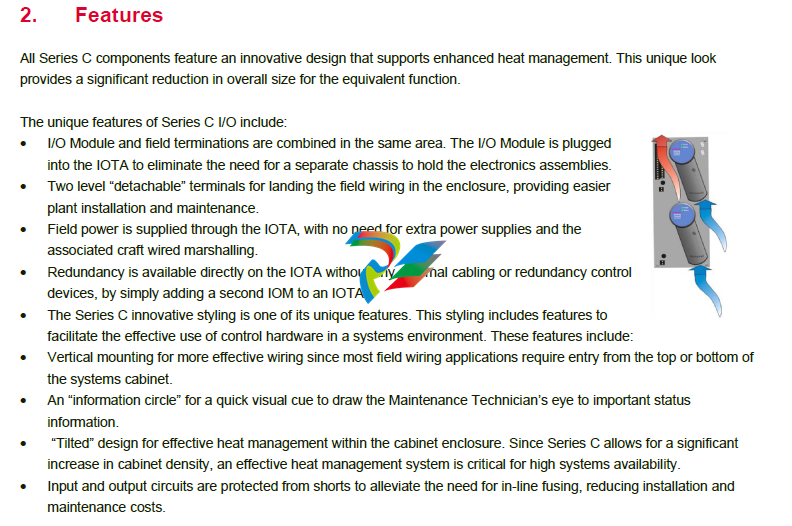
Comprehensive I/O Family
In addition to the UIO, the Series C platform includes a full range of dedicated I/O modules:
Analog Input (AI): 16-channel modules for 4-20mA and various voltage inputs, available with or without HART support. Options for differential inputs are also available.
Analog Output (AO): 16-channel modules providing 4-20mA outputs, with and without HART.
Digital Input (DI): 32-channel modules for 24VDC, High Voltage AC/DC, and 1ms Sequence of Events (SOE) applications.
Digital Output (DO): 32-channel modules for 24VDC (sourcing or sinking types) and Relay outputs with configurable NO/NC contacts.
Specialty Modules:
Low Level Analog Input (LLAI/LLMUX): For direct connection to thermocouples and RTDs.
Pulse Input (PIM): A high-accuracy, 8-channel module designed for high-speed counting, metering, and custody transfer applications, compliant with ISO 6551 Level A.
Protection and Diagnostics
The Series C platform is designed for high reliability and ease of maintenance.
Extensive Diagnostics: All modules feature comprehensive self-diagnostics to ensure data integrity.
Output Protection: Digital Output channels feature "fuse-less" electronic short-circuit protection, which automatically removes power from a shorted channel and allows it to be restored once the fault is cleared.
Configurable Failsafe: Analog and Digital Output channels have a configurable parameter, allowing the user to define the output behavior (e.g., Hold Last Value or go to a specific Safe Value) in the event of a communication loss or module failure.
FAILOPT

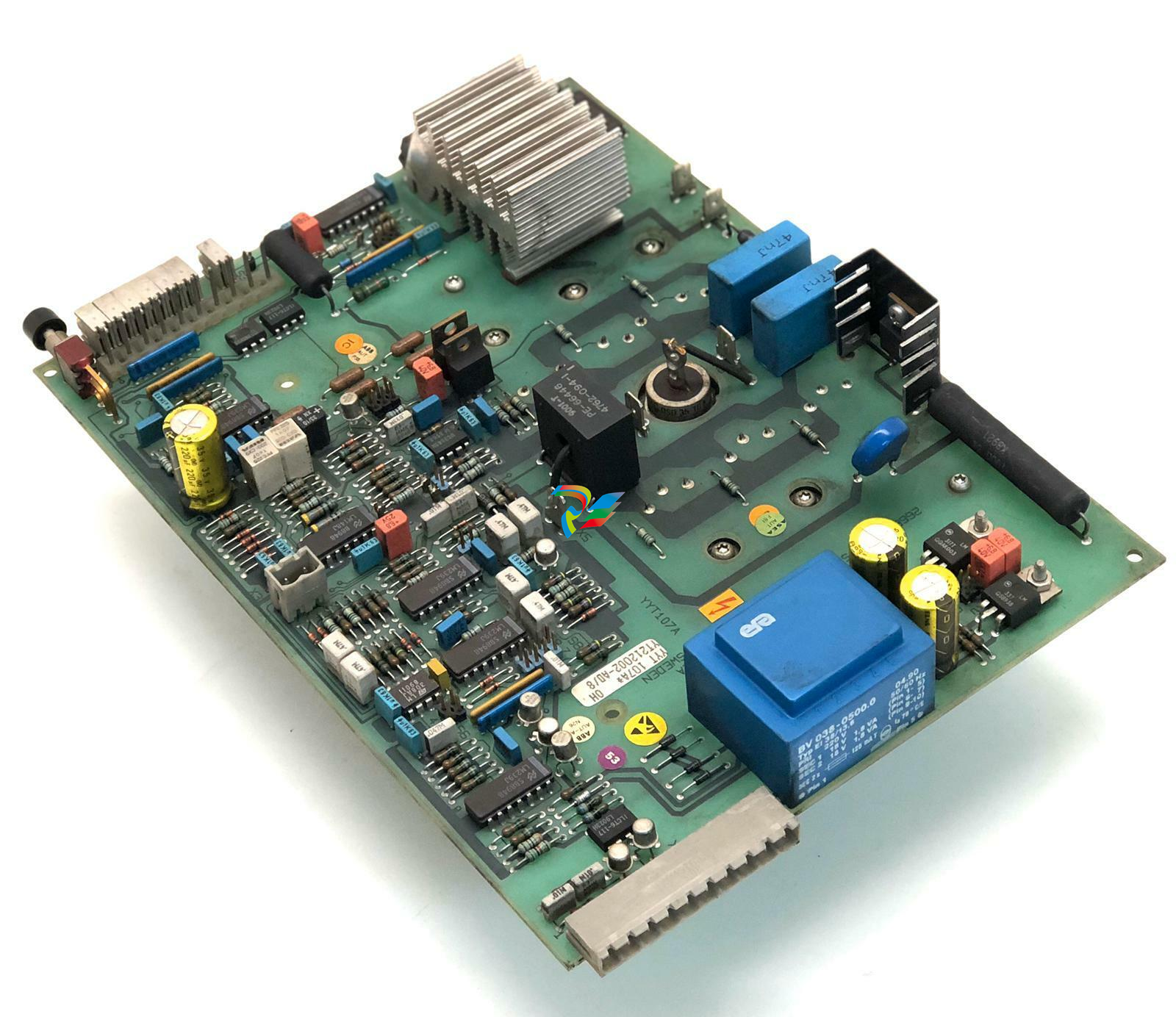
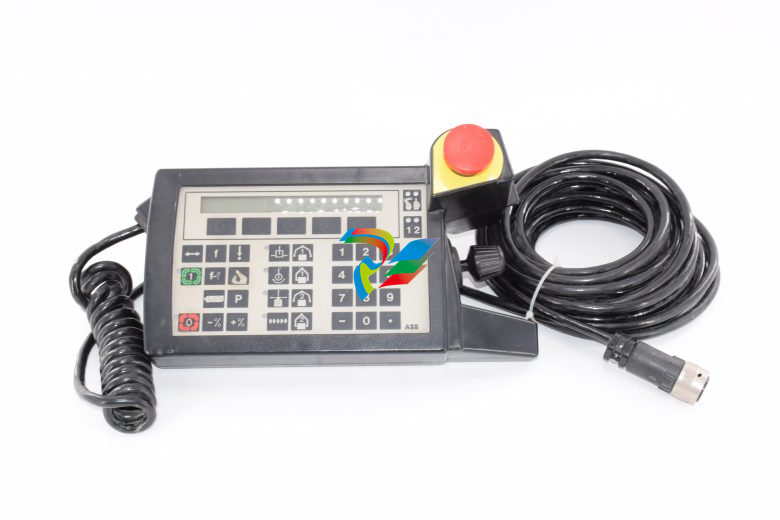
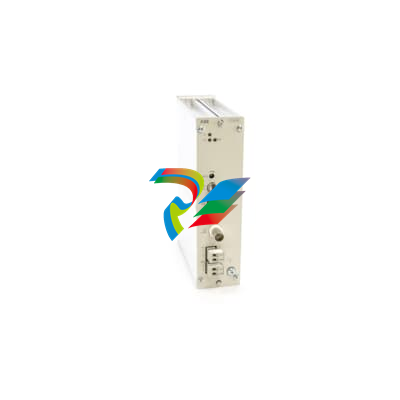


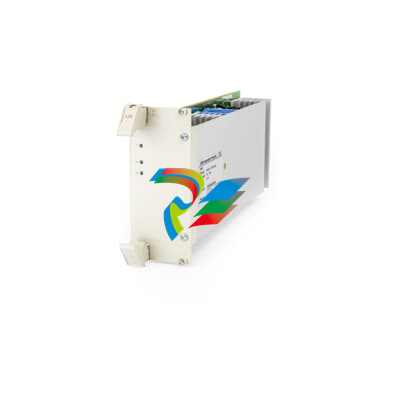
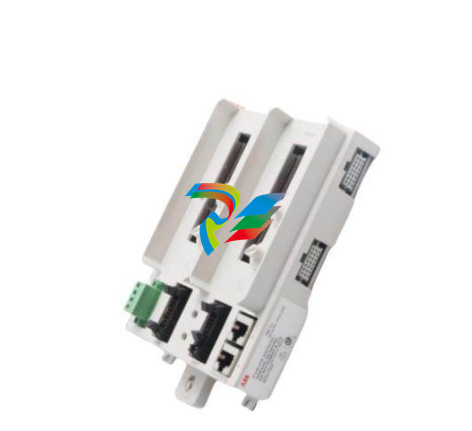


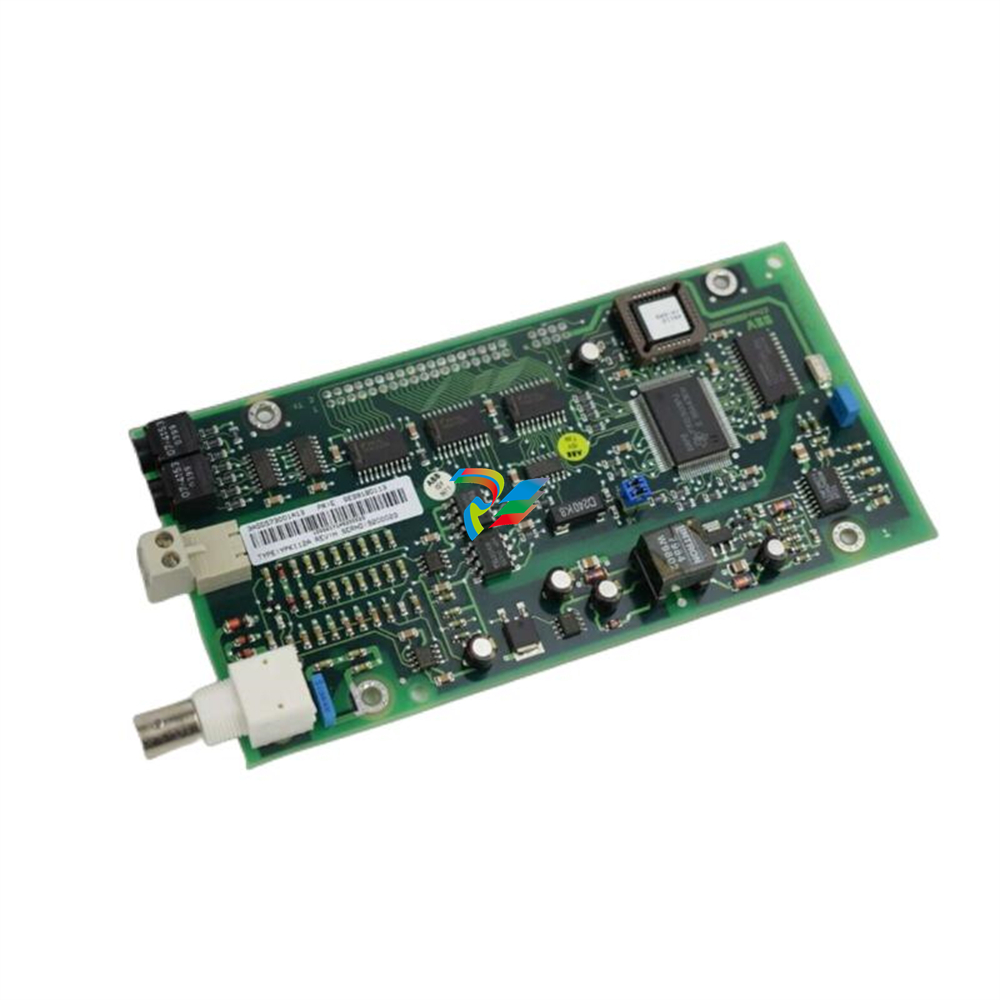
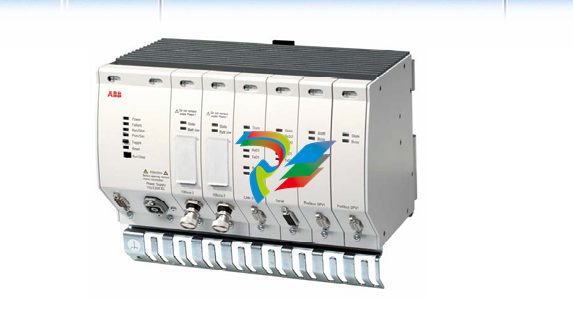

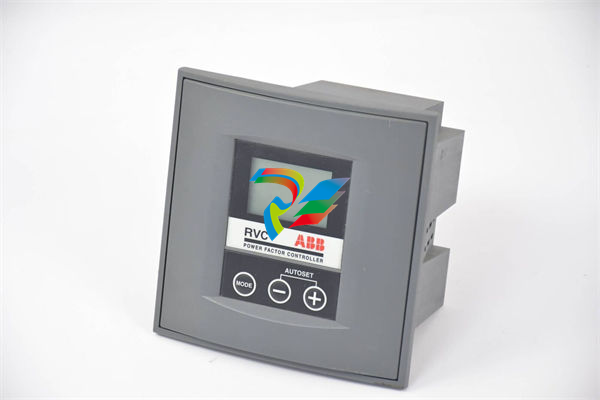
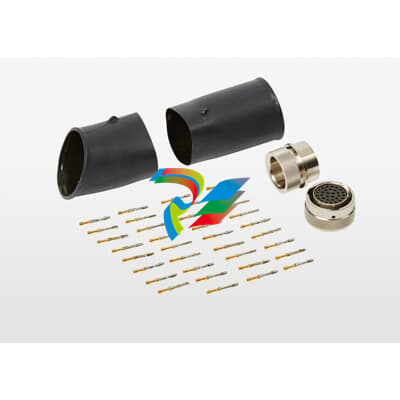
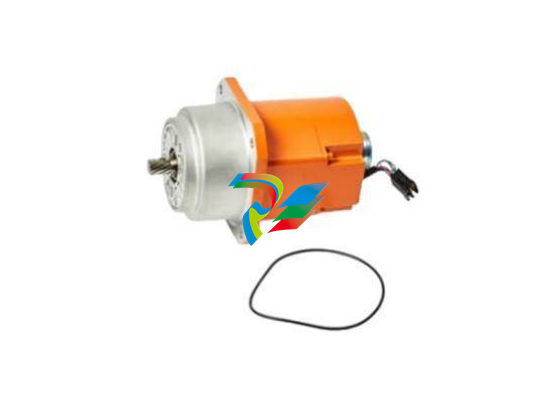

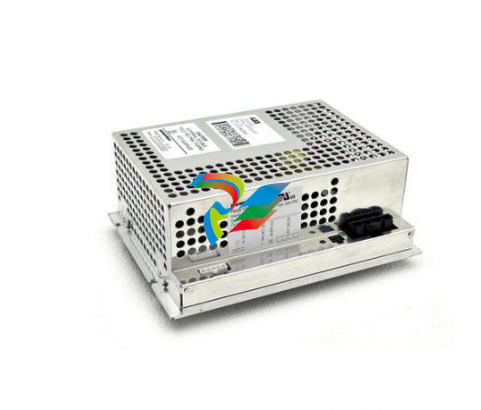
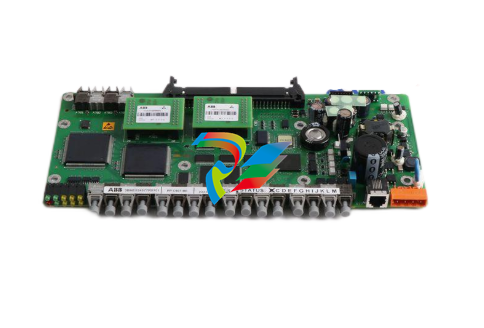
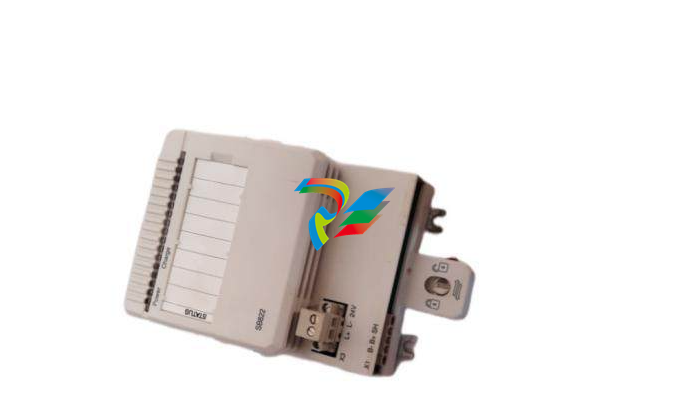


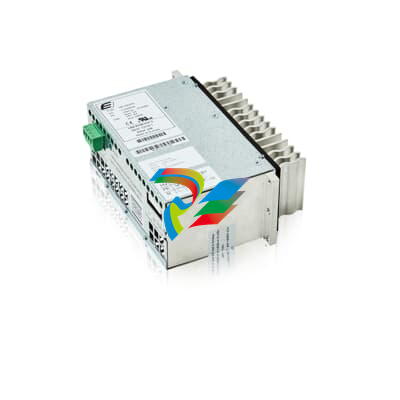
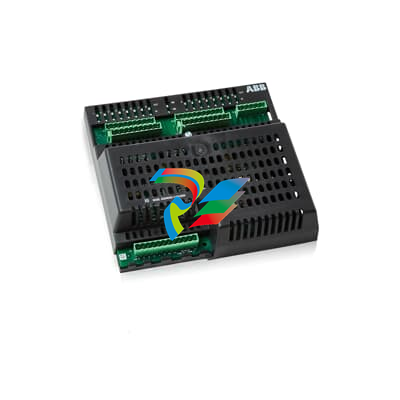
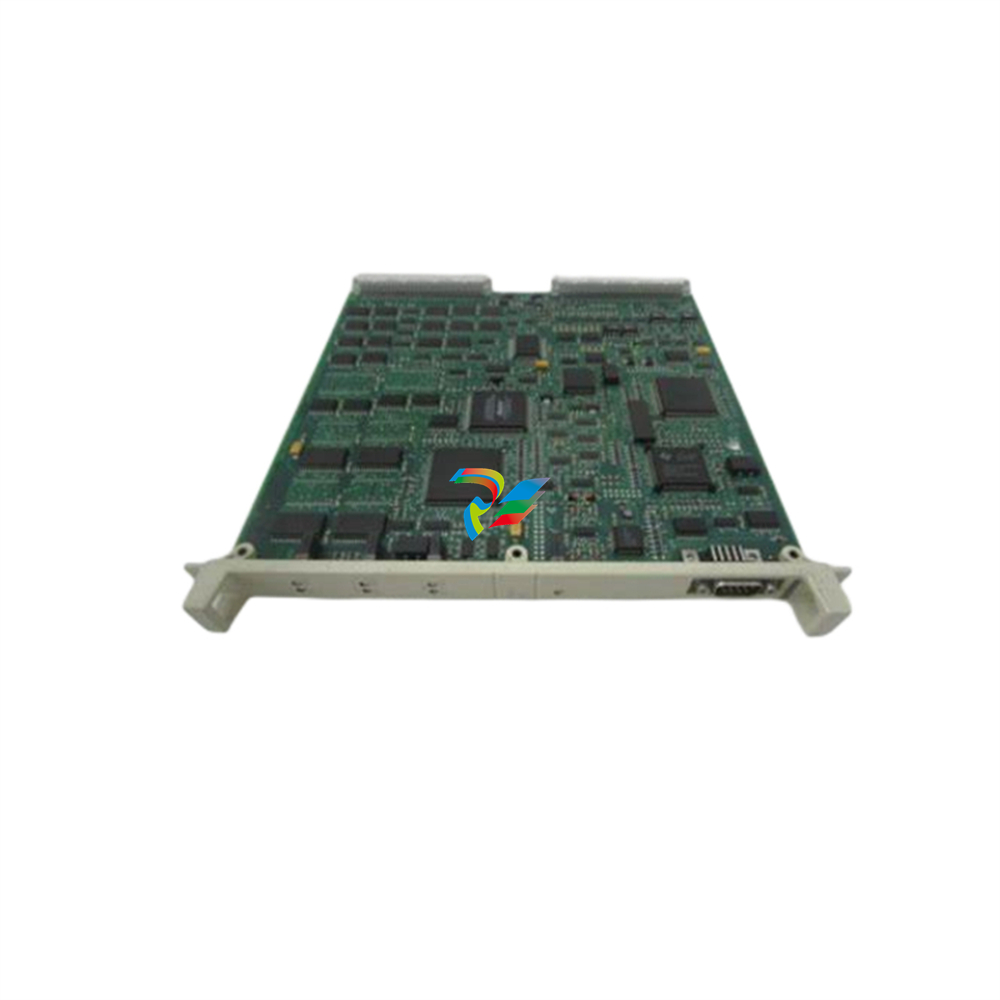
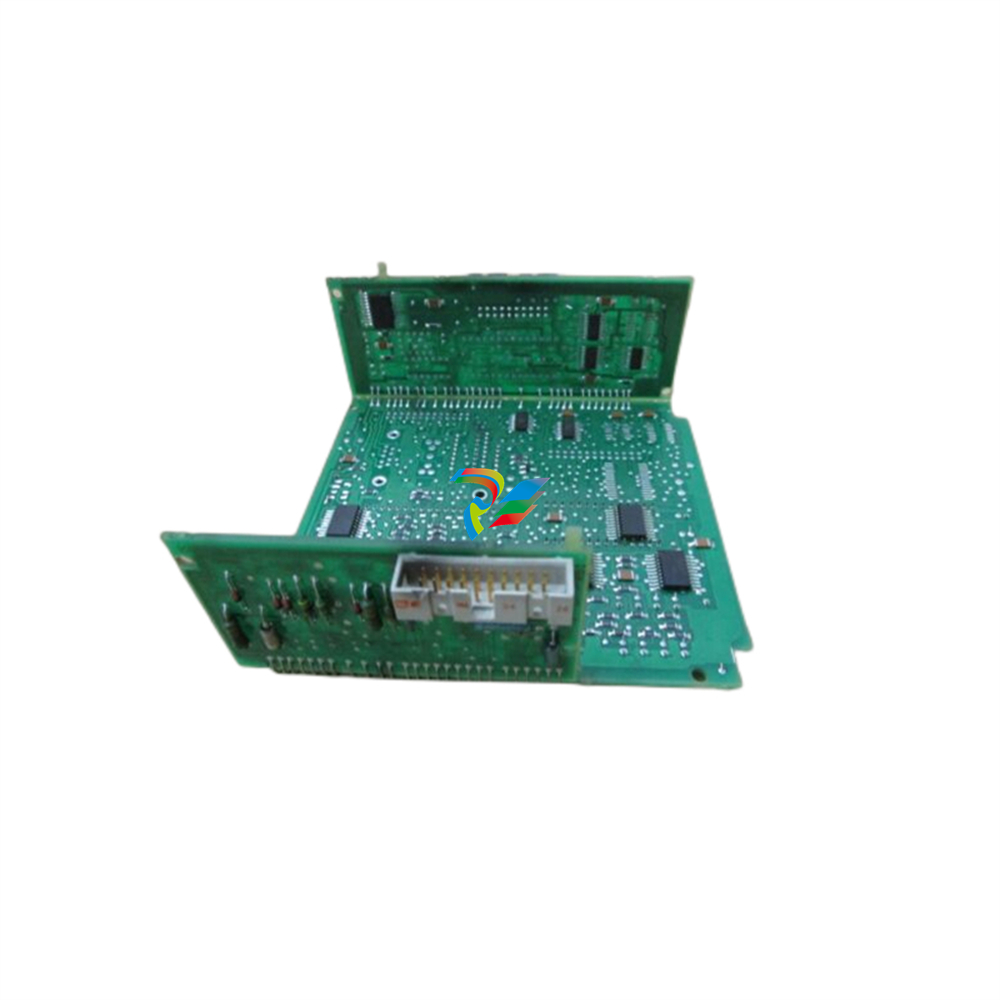
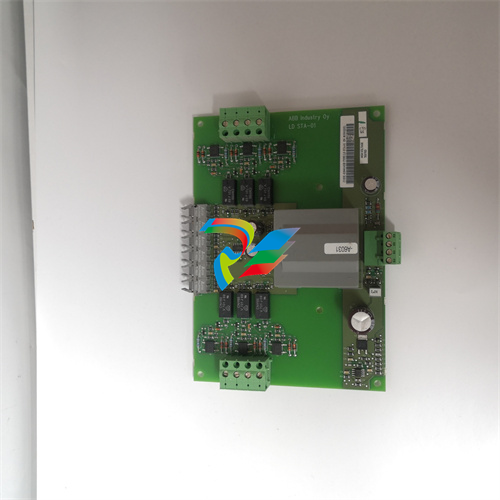


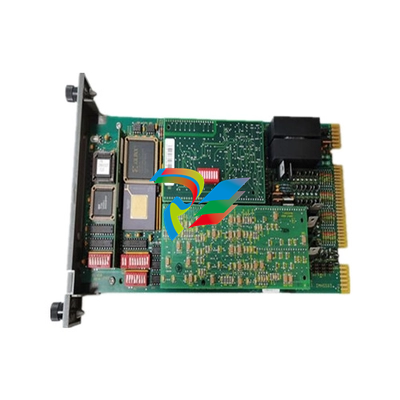
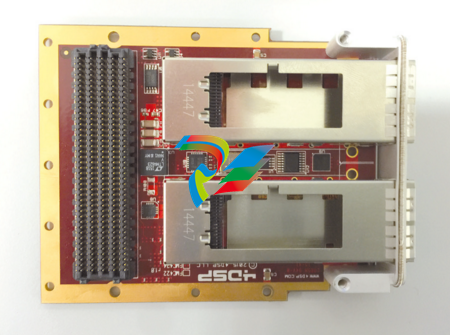
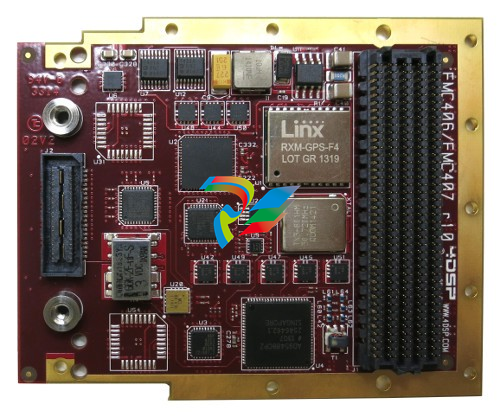
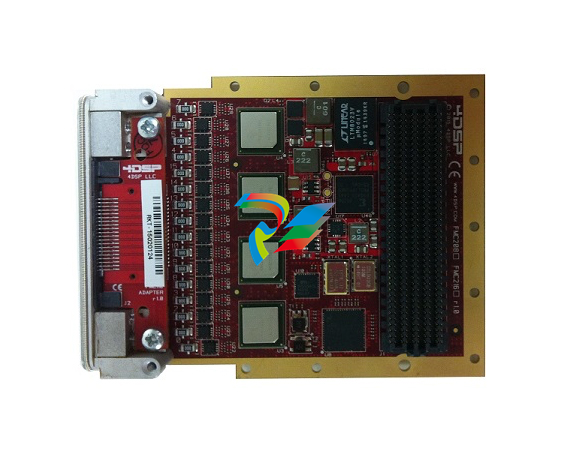
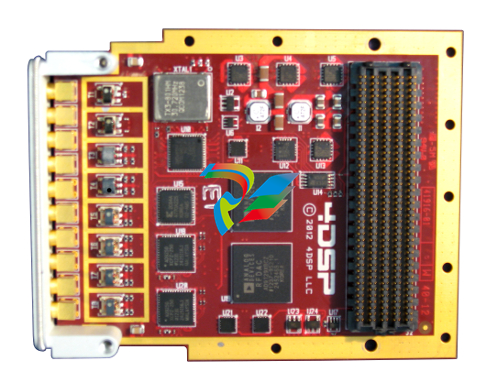

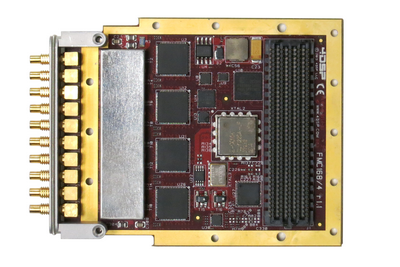
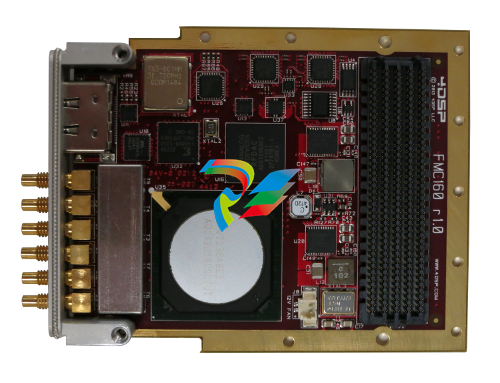
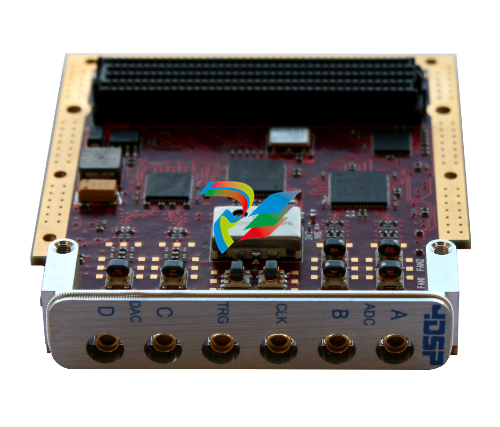
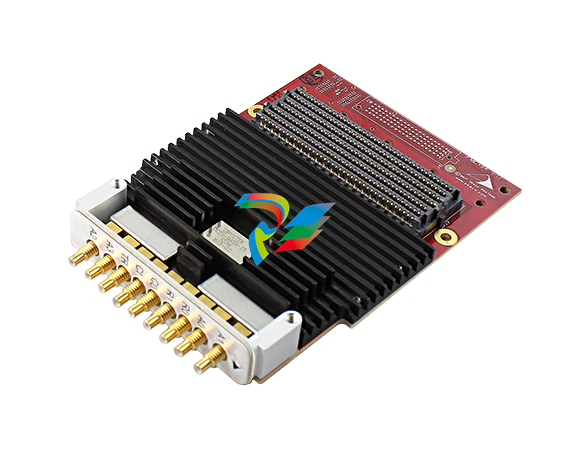
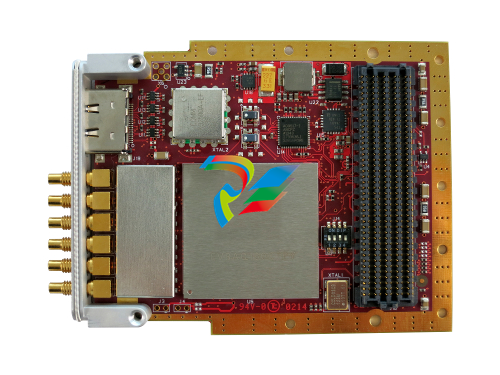
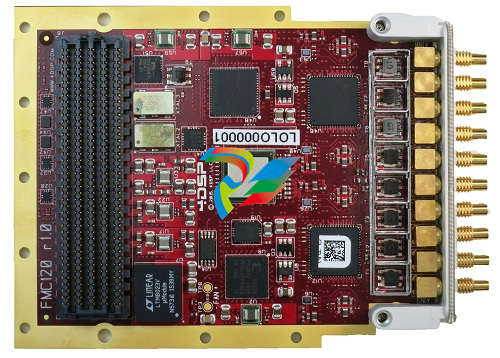

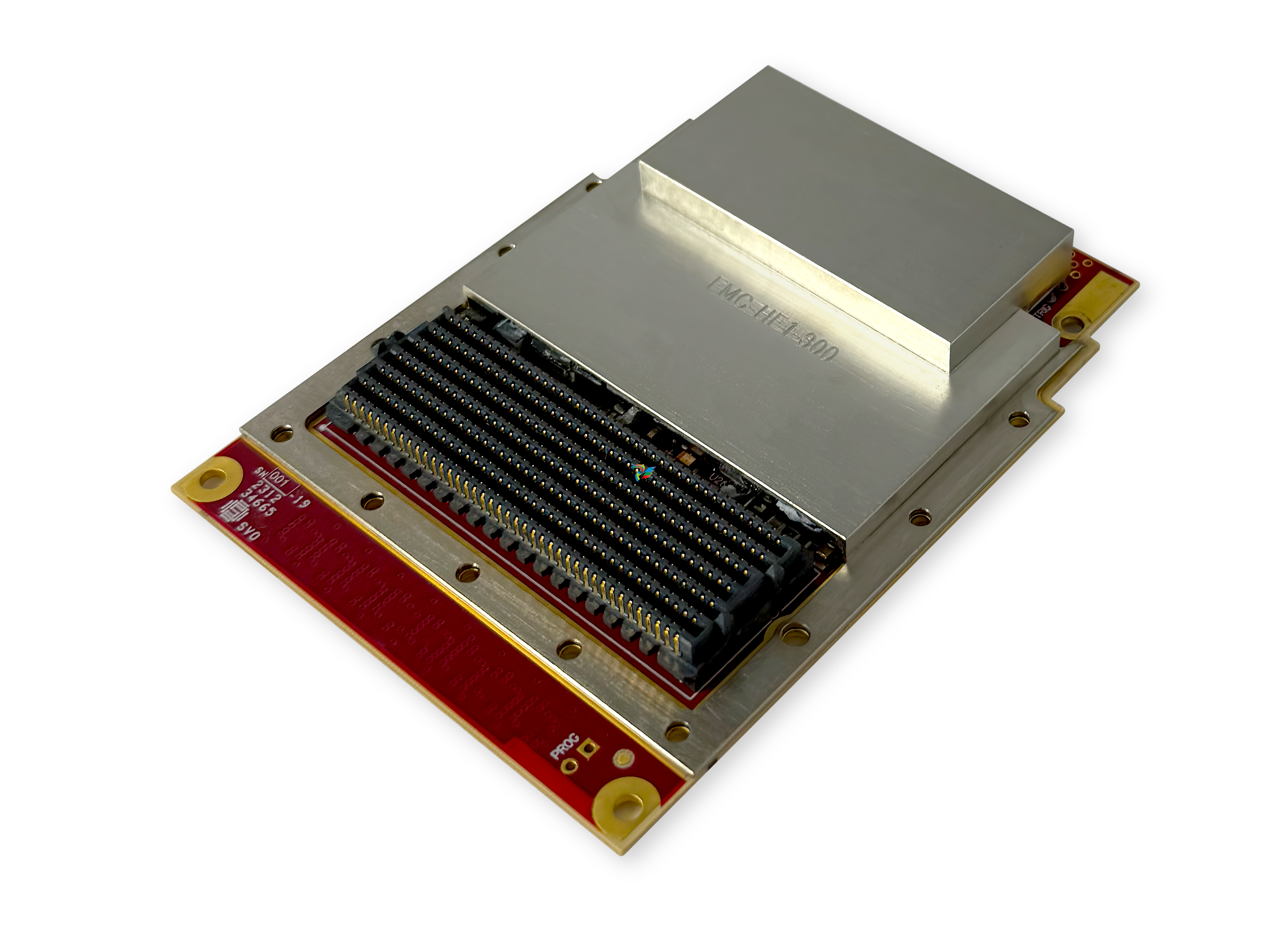

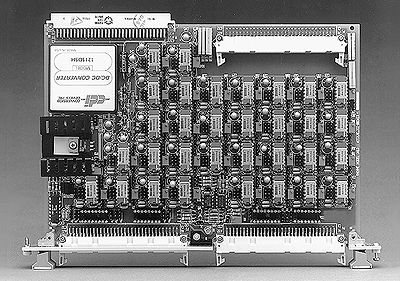

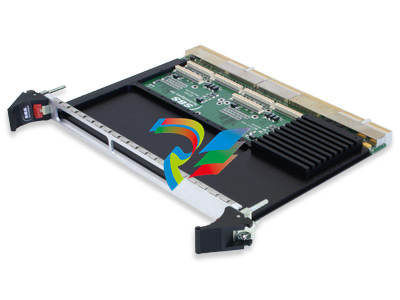

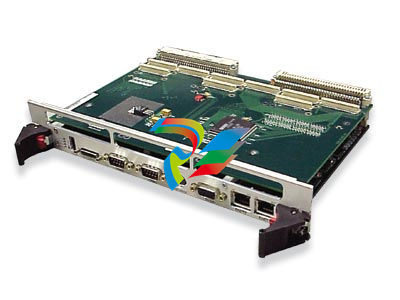
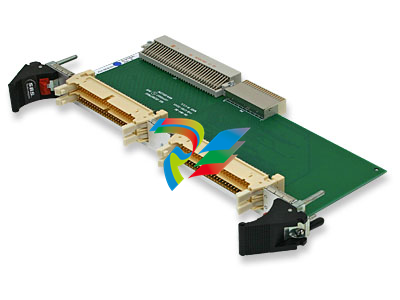
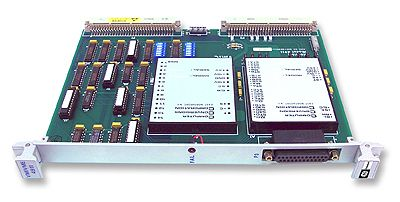
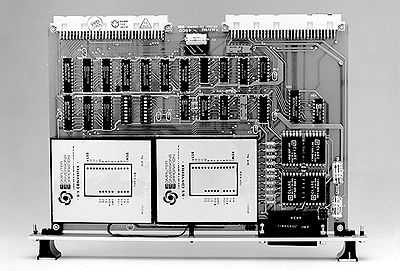
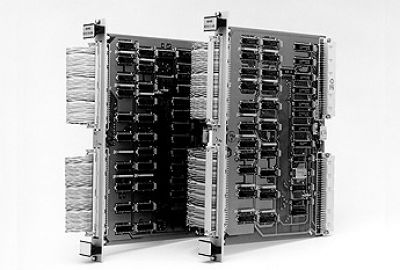


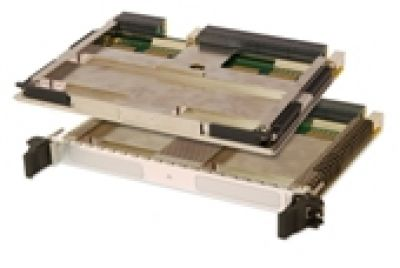



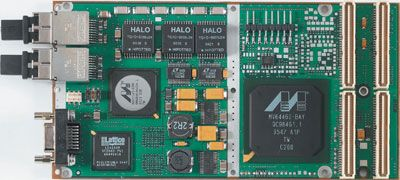
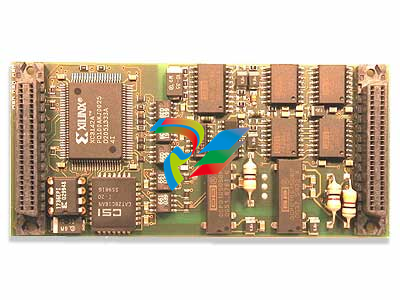
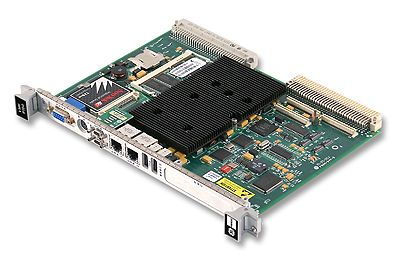
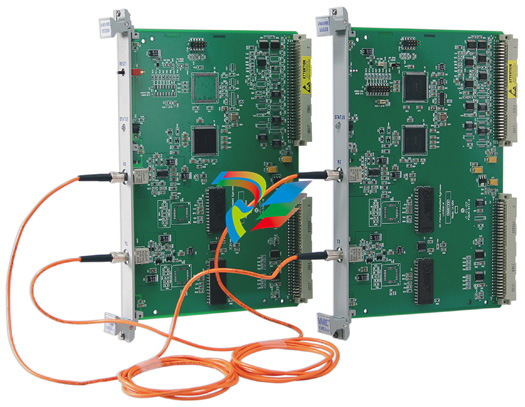
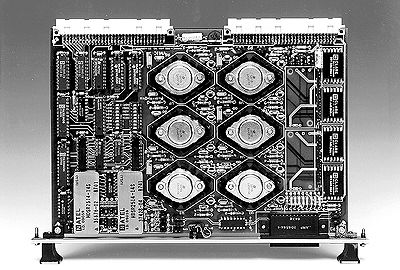
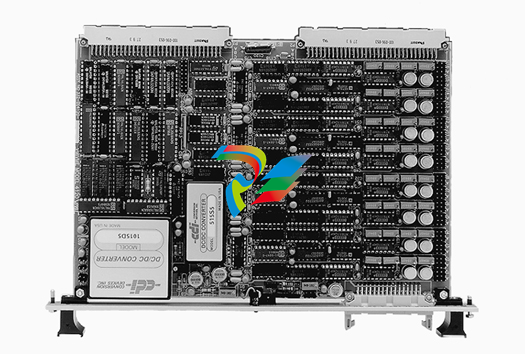

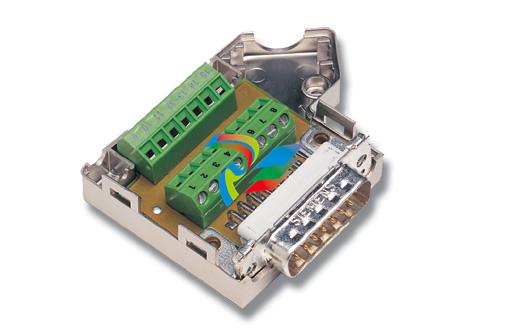

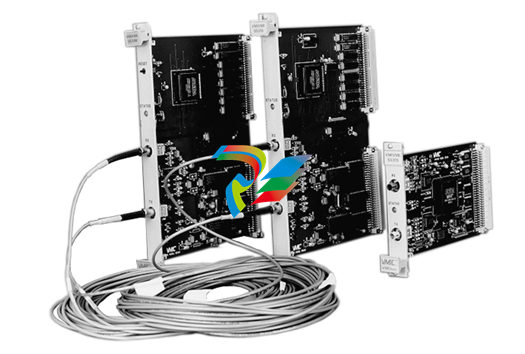

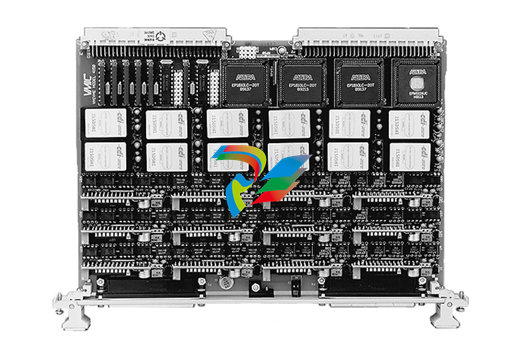
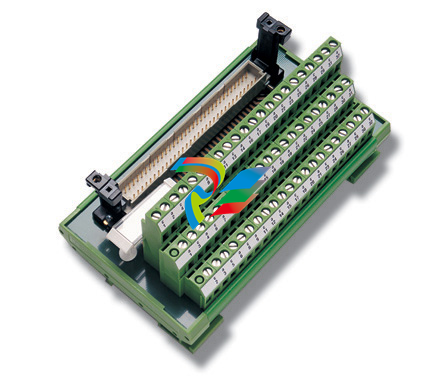

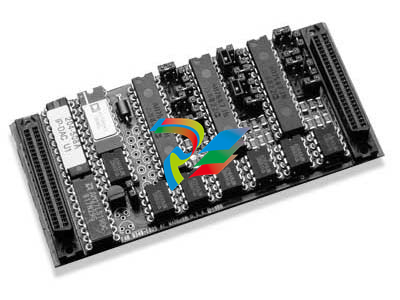
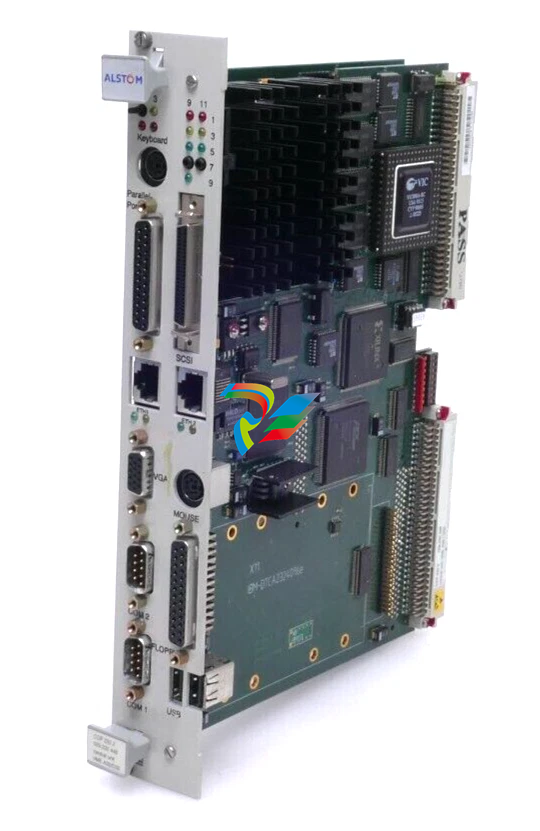

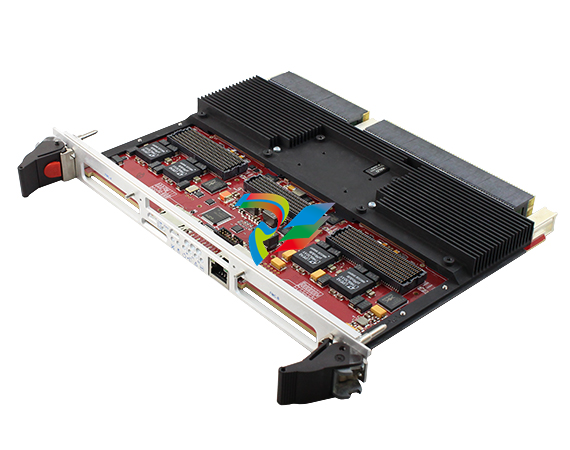
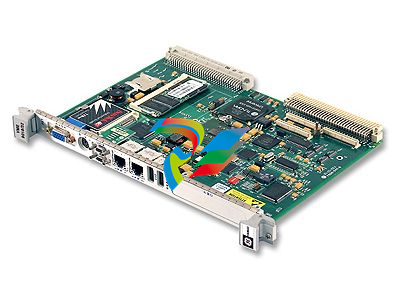
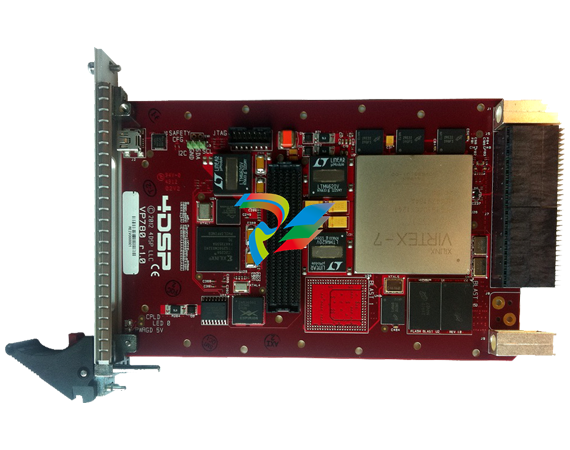
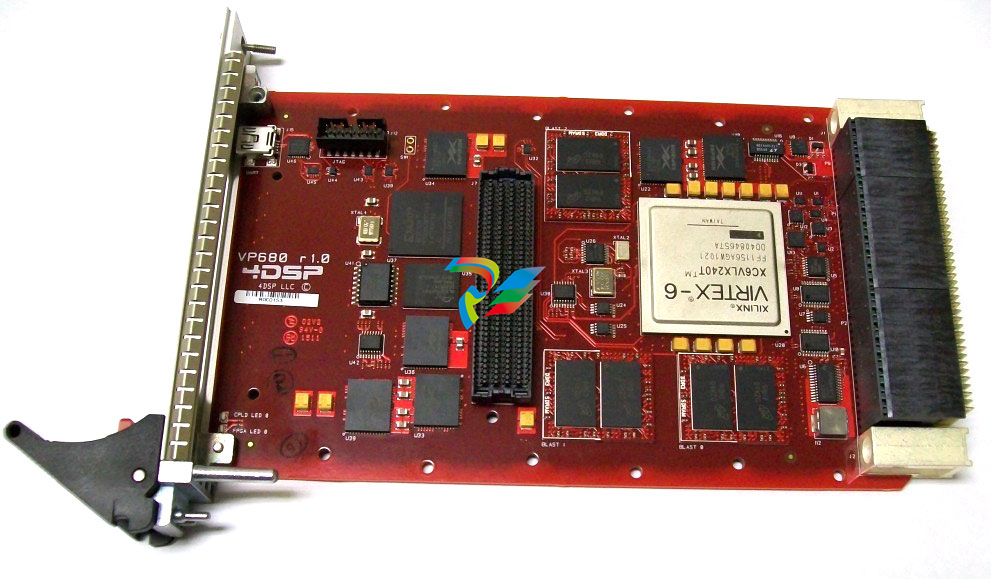
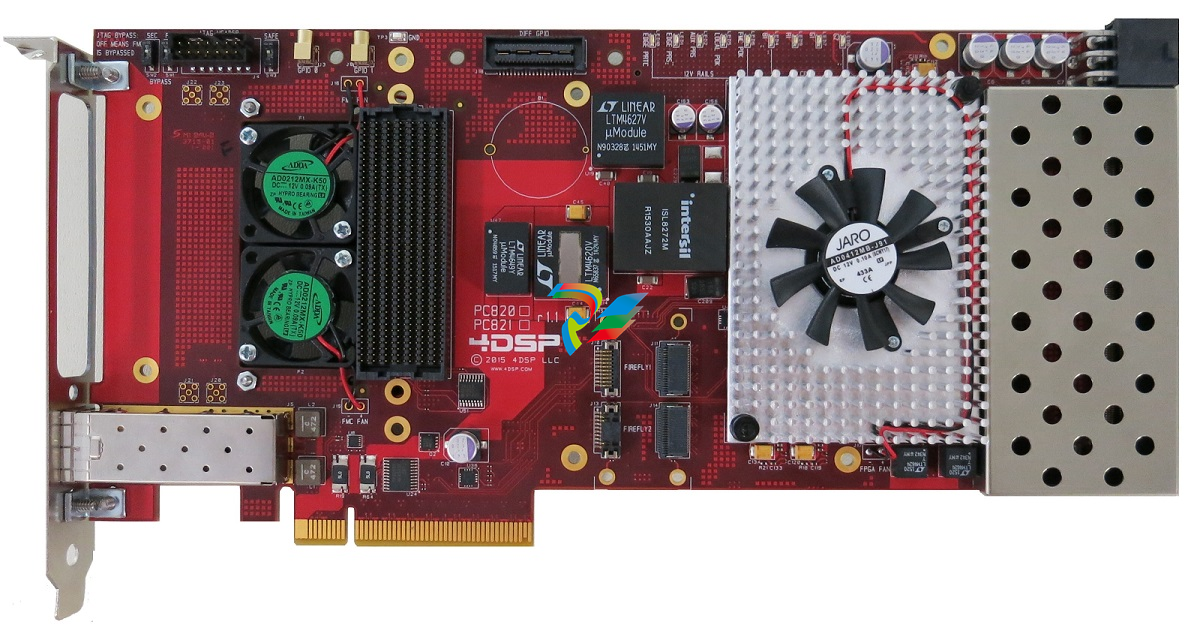
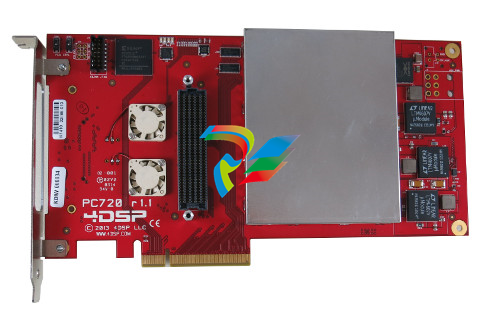
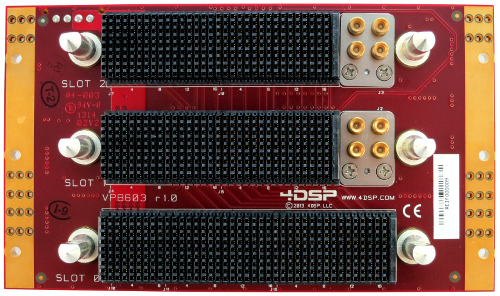
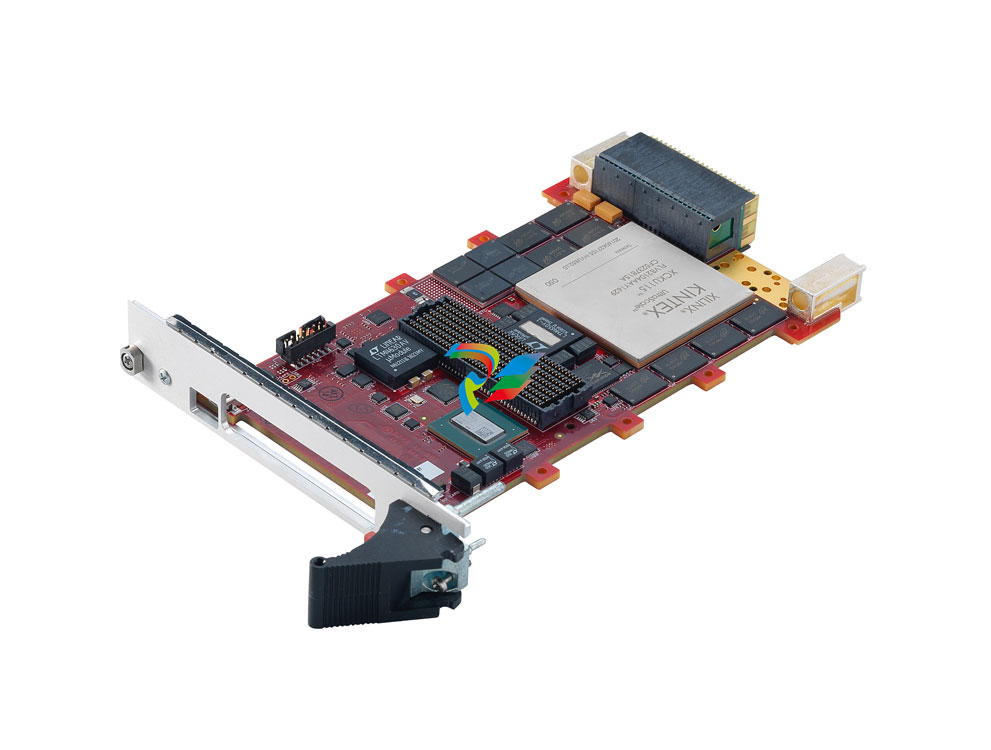

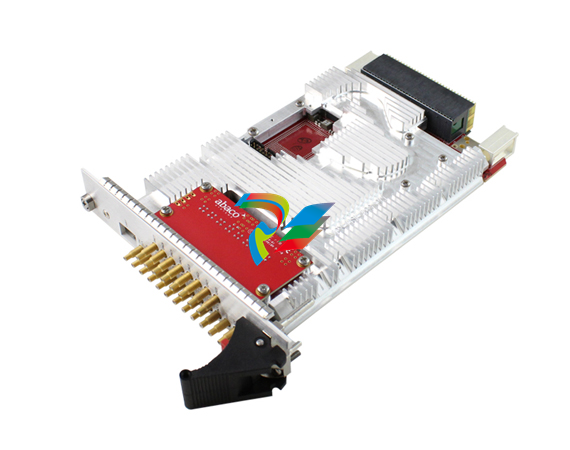
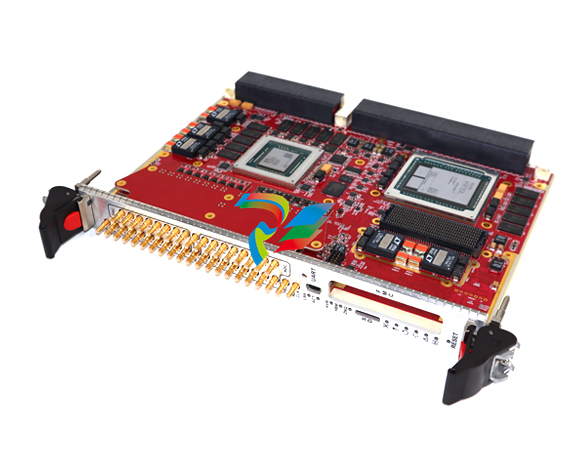
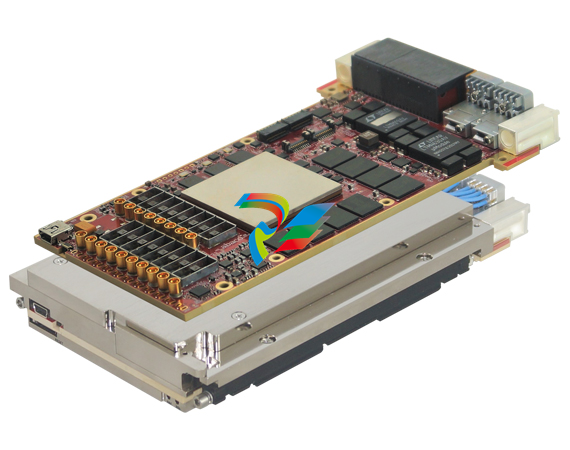
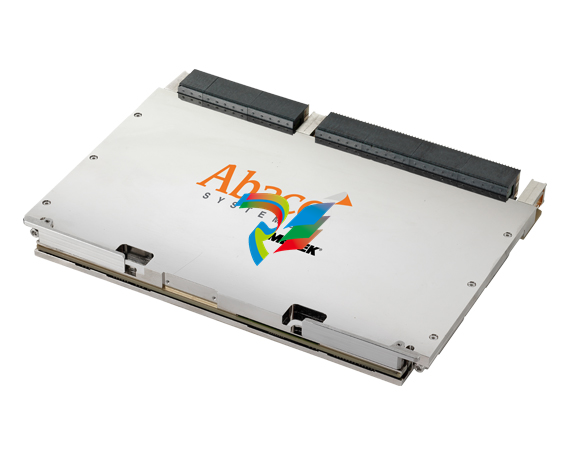



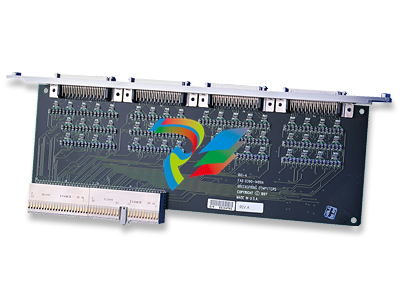
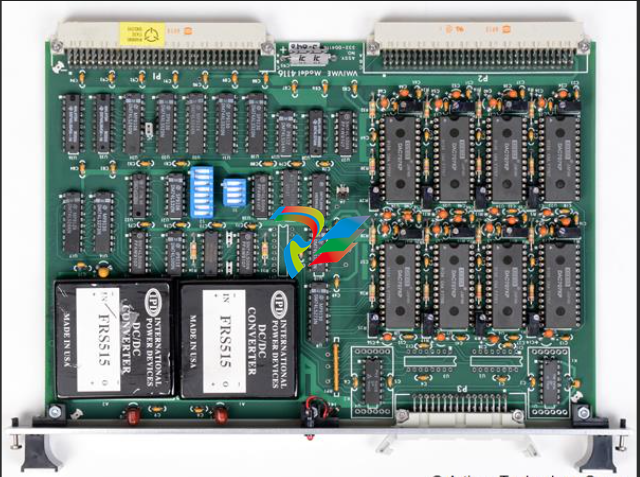
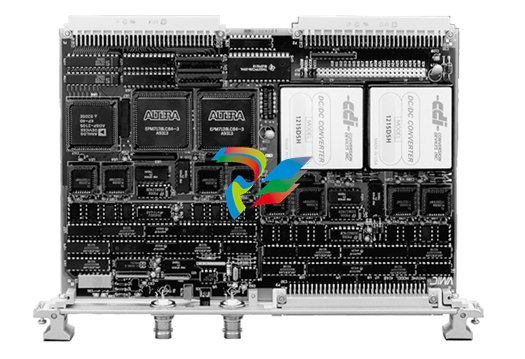

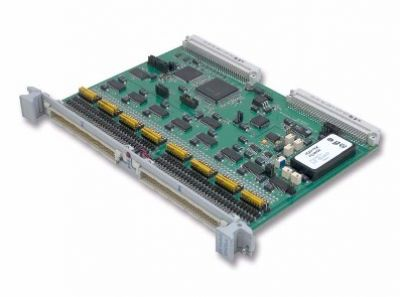
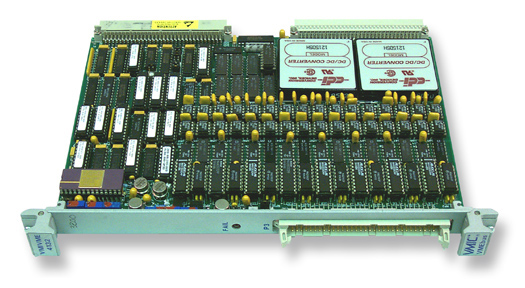
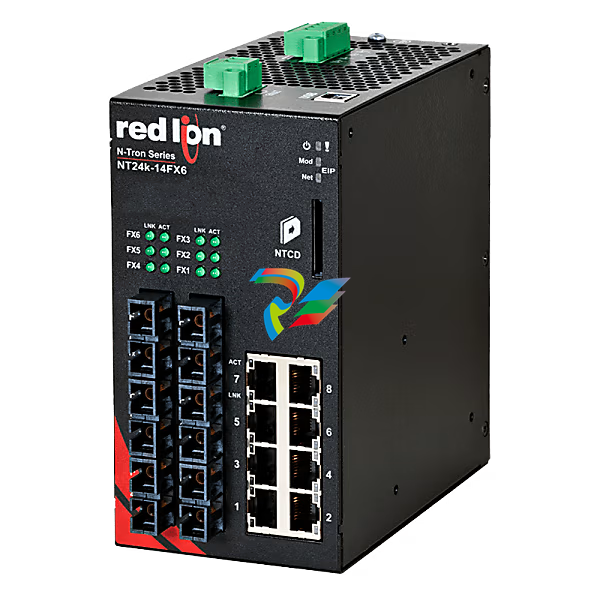
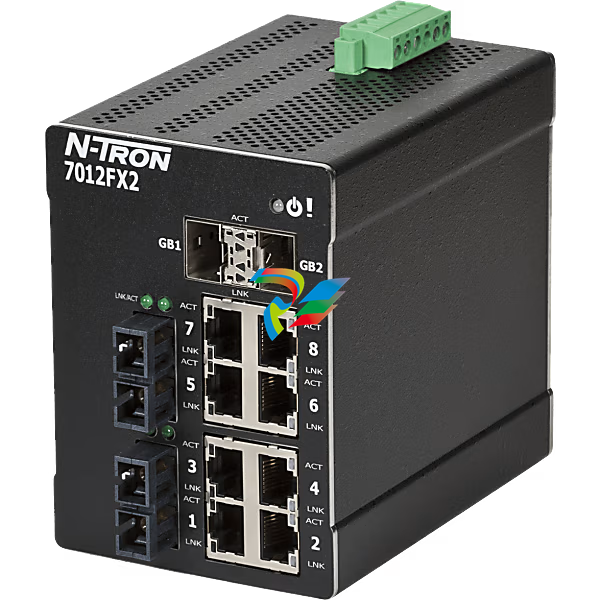

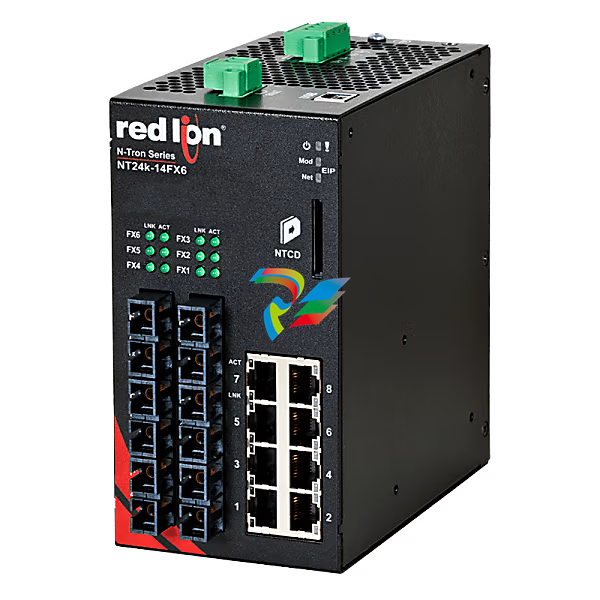
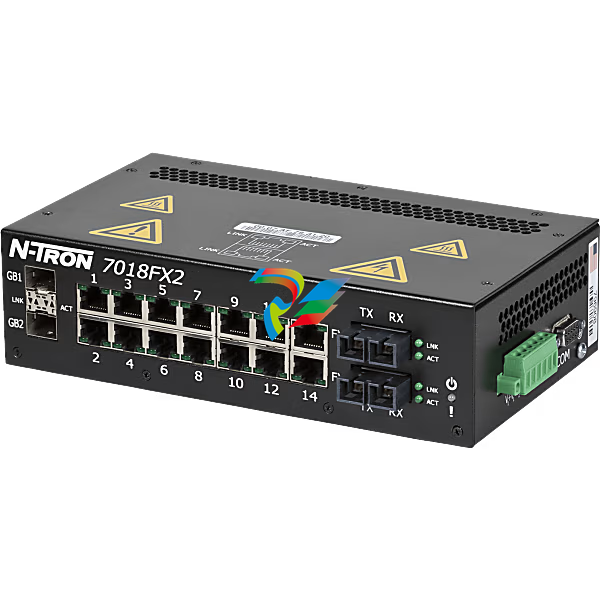
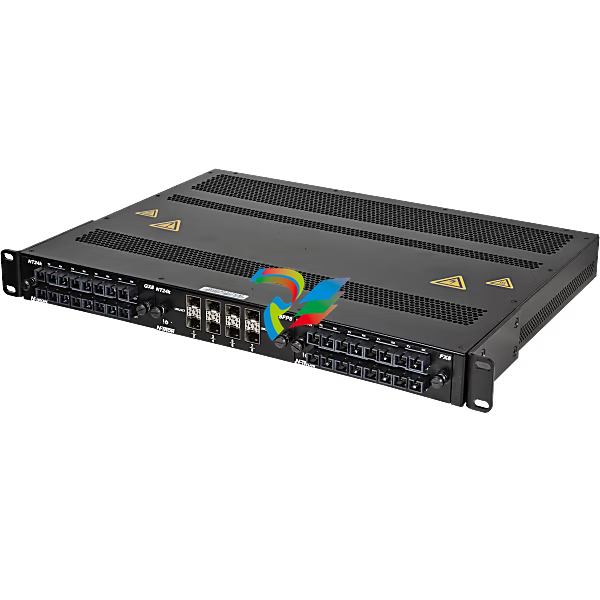
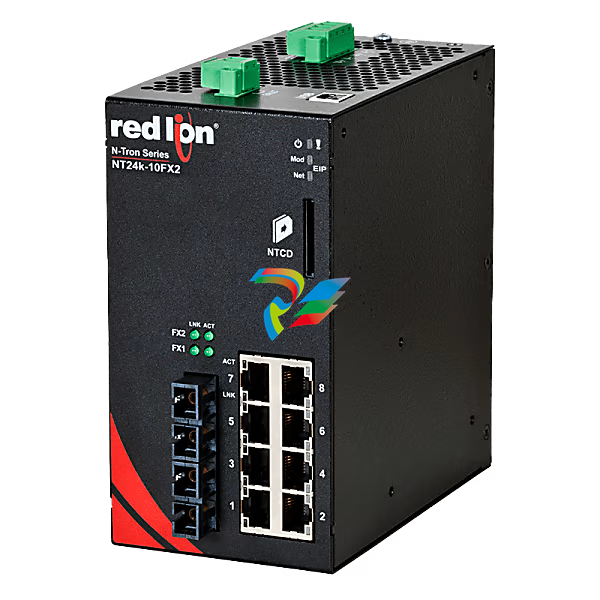
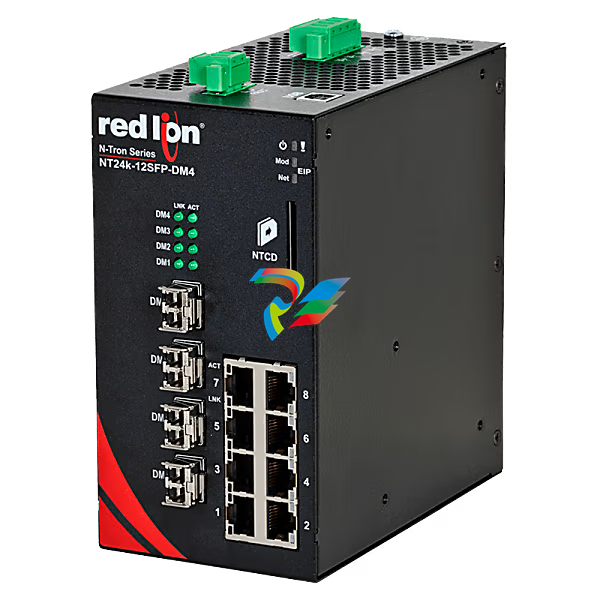
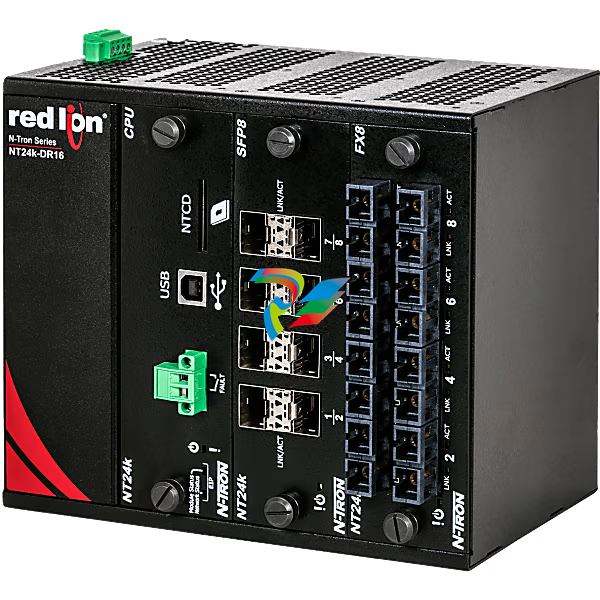

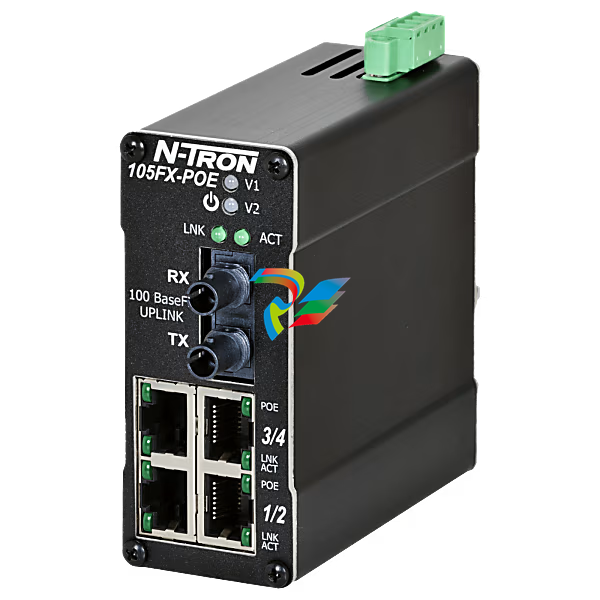

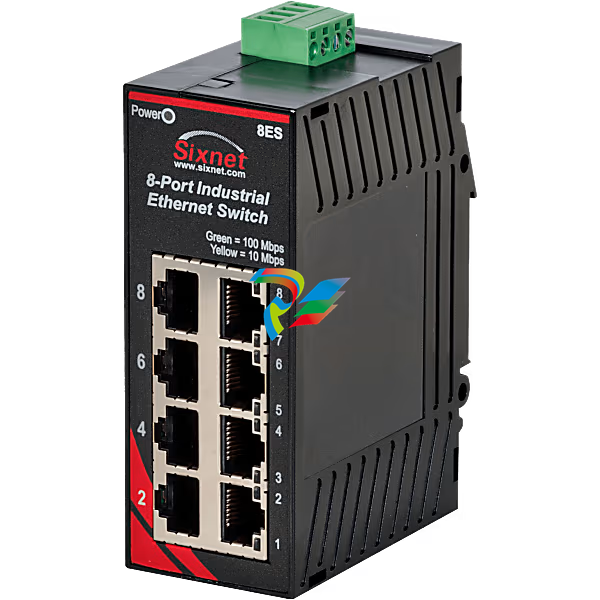

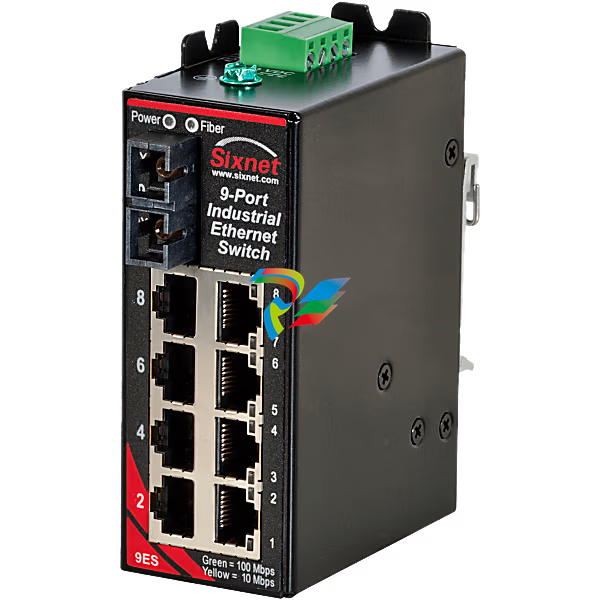
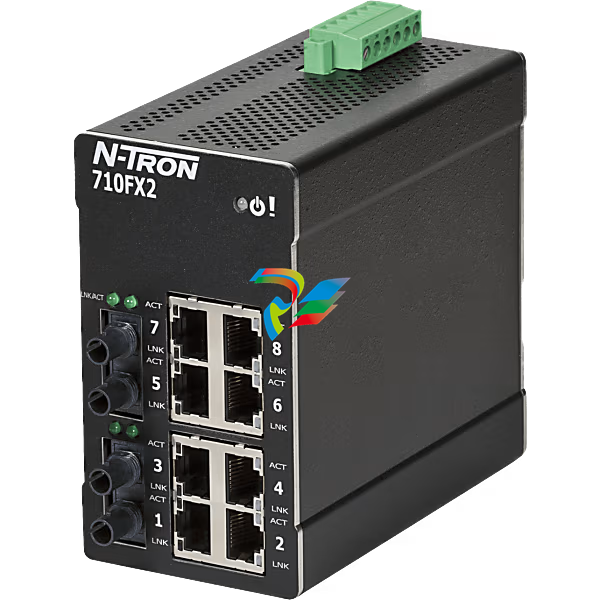

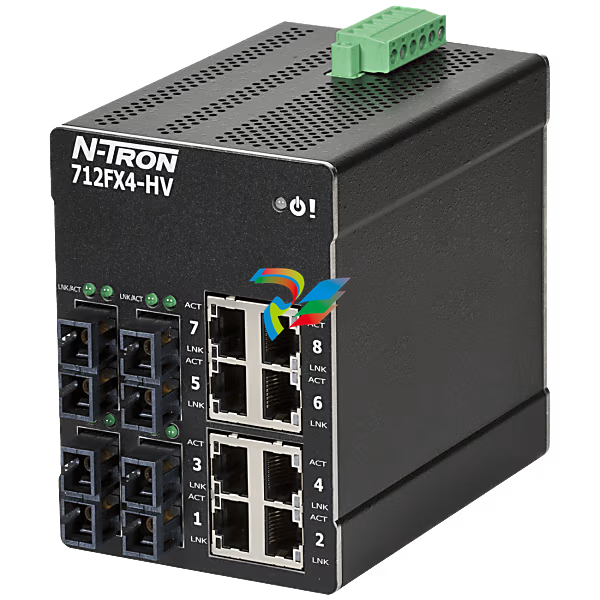
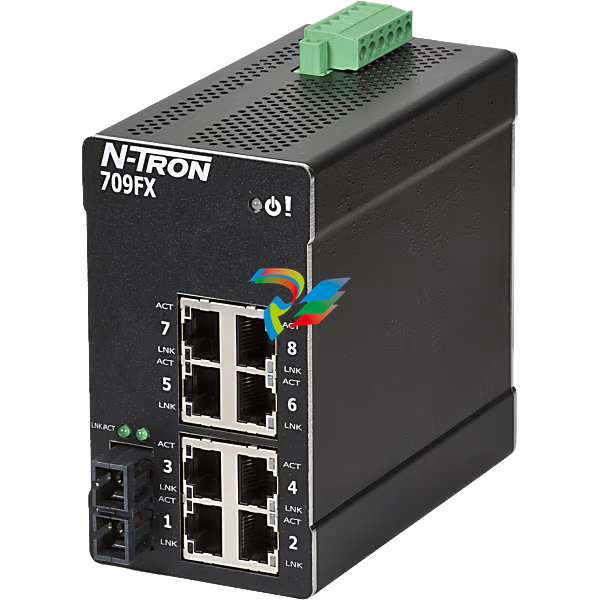
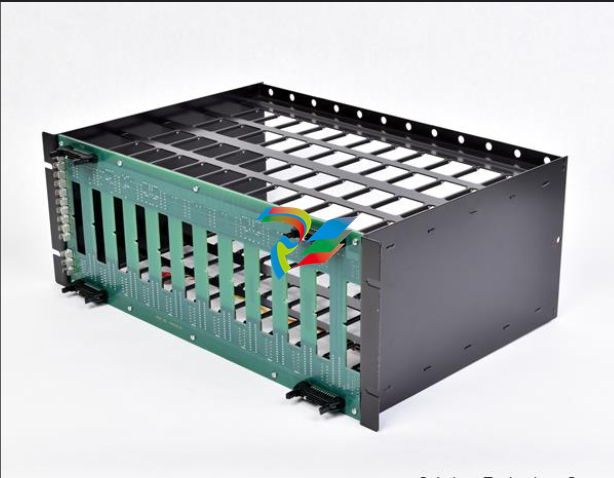
.png)

